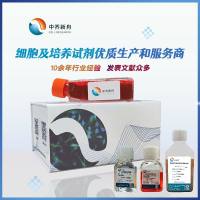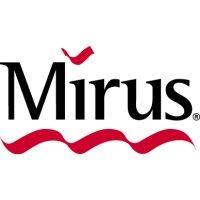DNA Delivery to Cells in Culture Using Cationic Liposomes
互联网
612
Following Fraley and colleagues’ initial discovery of liposomes (1 ), coupled with Behr’s discovery of the ability of cationic lipids to interact with and condense negatively charged DNA (2 ), Felgner et al. described the use of synthetic cationic lipids as a DNA delivery tool in 1987 (3 ). The authors reported that a positively charged lipid, specifically N -[1-(2,3-dioleyloxy)propyl]-N,N,N -trimethylammonium chloride (DOTMA), could form liposomes under biologically relevant conditions either alone or in combination with neutral phospholipids. More importantly, these cationic liposome vesicles were demonstrated to react spontaneously with anionic DNA to form lipid-DNA complexes, or “lipoplexes” (4 ). These lipoplexes demonstrated effective binding to cells in vitro and facilitation of intracellular delivery of a transgene. Felgner provides a detailed history of the progress leading up to and including lipofection (5 ).









